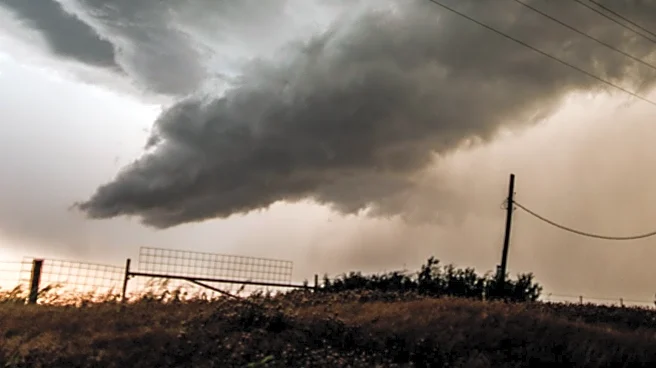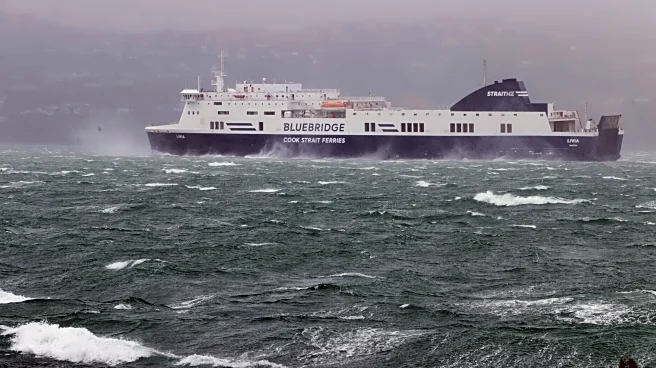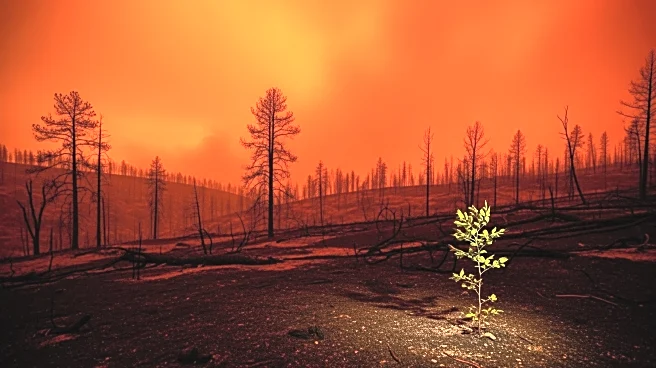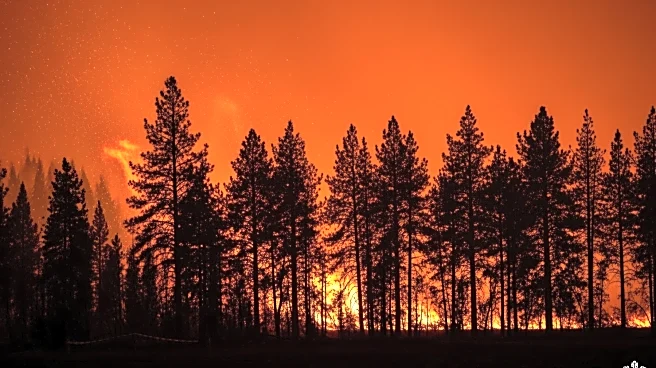What's Happening?
New Zealand has issued rare red wind warnings and declared a state of emergency in the Canterbury region due to a powerful spring storm. The storm has brought destructive gales and heavy rain to the South Island and lower North Island, leading to flight
cancellations, train service suspensions, and closures of government facilities. The New Zealand Transport Agency has shut several roads, and significant power outages have been reported. The storm is causing widespread damage, including toppled silos, overturned trucks, and surface flooding.
Why It's Important?
The severe weather event in New Zealand underscores the increasing frequency and intensity of extreme weather conditions globally. Such events can have significant impacts on infrastructure, economy, and public safety. The declaration of a state of emergency allows authorities to mobilize resources effectively, but it also highlights the need for robust disaster preparedness and response strategies. The storm's impact on transportation and power supply can disrupt daily life and economic activities, emphasizing the importance of resilient infrastructure.
What's Next?
Authorities in New Zealand are likely to focus on recovery efforts and assessing the damage caused by the storm. Emergency services will continue to respond to incidents and ensure public safety. The government may also review its disaster preparedness plans to better handle future extreme weather events. Additionally, there may be discussions on climate change adaptation strategies to mitigate the impact of such storms.
Beyond the Headlines
The storm in New Zealand raises questions about the long-term implications of climate change and the need for sustainable environmental policies. As extreme weather events become more common, countries may need to invest in climate resilience and adaptation measures. This situation also highlights the importance of international cooperation in addressing global environmental challenges.













